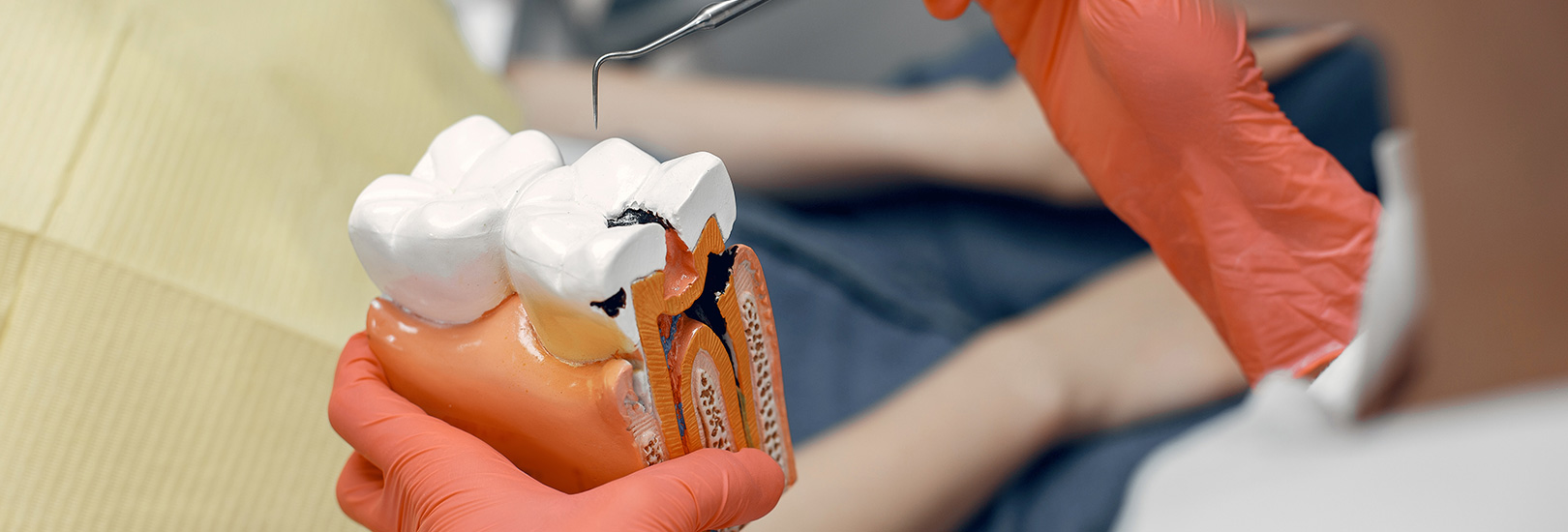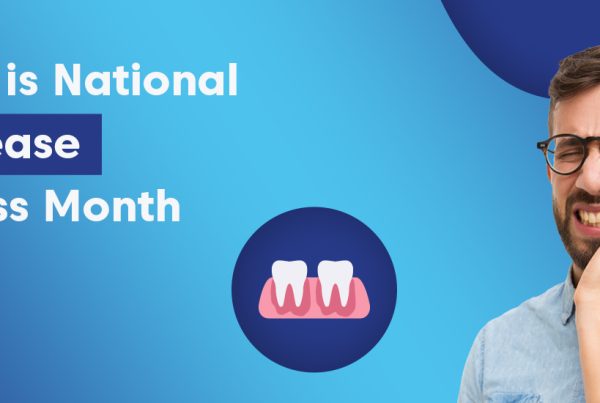It’s no secret that clear aligner treatment can be tough on your teeth. After all, you’re essentially wearing a foreign object in your mouth for 20-22 hours a day! However, proper care and maintenance can minimize the risk of developing cavities during your treatment. Read on to learn more about preventing cavities during clear aligner treatment.
Can I Get Clear Aligners With Tooth Cavities?
Cavities do not prevent you from getting clear aligner treatment. However, optimal oral health and successful treatment are guaranteed by preventing the existing cavities first and concealing the room for future cavities. You can get Clear Aligners with cavities, and it’s not as difficult as you think.
The first step is to visit your dentist and make sure that your cavities are properly treated. This is because fillings can help to prevent further damage to your teeth and gums. Once your cavities are taken care of, your dentist will take impressions of your teeth to create Clear Aligners.
Does Clear Aligner Treatment Cause Tooth Decay?
If you’re considering getting Clear Aligners, you may wonder if the aligners can cause cavities. While Clear Aligners don’t directly cause cavities, there is a small risk that your teeth may become more susceptible to decay if you don’t take proper care of your aligners.
That’s because the aligners can trap food and bacteria against your teeth, leading to plaque buildup and increased risk for cavities. So, it’s important to brush and floss regularly while wearing aligners, and be sure to clean your aligners properly regularly.

If you take good care of your teeth and aligners, you shouldn’t have any problems with cavities. But if you develop a cavity while wearing Clear Aligners, don’t worry – it can be treated just like any other cavity!
What If A Cavity Develops During Clear Aligner Treatment?
When you initially begin clear aligner treatment, your dentist will monitor your progress and ensure that you remain on track. However, if you develop a cavity during your treatment, you must get it fixed immediately.
In many instances, a dentist may restore the tooth size and form by reshaping the filling using an aligner, avoiding the need for a new set of aligners. In other circumstances, the dentist may monitor the cavity and ask the patient to maintain good oral hygiene. The aim is to prevent the cavity from worsening during the remaining course of the treatment.
Tips on Cavity Prevention
Cavities are one of the most common problems that people face when it comes to their teeth. And while clear aligner treatment can help straighten your smile, it’s important to be aware that this type of treatment can also increase your risk for cavities. But don’t worry, there are a few things you can do to help prevent cavities during Clear Aligner treatment.
Maintain a Good Oral Care Routine:
A consistent oral care routine guarantees a successful treatment without cavities. It’s imperative to brush your teeth twice a day with a soft-bristled brush and floss with threaded floss once a day. This will help remove plaque and bacteria from your teeth, which can lead to cavities.
Drink Plenty of Water:
It is highly recommended that patients only consume water and refrain from sweet drinks, such as soda and juice, to prevent tooth decay and cavities. Water does not only keep you hydrated but also washes away harmful bacteria.
Avoid Sugary Foods and Drinks:
Sugar can contribute to the formation of cavities, so it’s best to limit your intake of sweets. If you do eat sugary foods, be sure to brush your teeth afterward.
Keep your Aligner Trays Clean:
It’s important to clean your aligner trays regularly, as plaque and bacteria can build up on the trays and cause them to smell bad. They can also cause staining and irritation. Don’t forget to rinse the trays after each use.
Visit Orthodontist Regularly:
Regular checkups during clear aligner treatment are essential as it helps to track the treatment progress, resulting in a successful treatment outcome. This will also ensure that your teeth are healthy and free of cavities.
Gear Up For a Cavity-Free Teeth Straightening Experience
When you initially begin clear aligner treatment, your dentist will monitor your progress and ensure that you remain on track. However, if you develop a cavity during your treatment, you must get it fixed immediately.
In many instances, a dentist may restore the tooth size and form by reshaping the filling using an aligner, avoiding the need for a new set of aligners. In other circumstances, the dentist may monitor the cavity and ask the patient to maintain good oral hygiene. The aim is to prevent the cavity from worsening during the remaining course of the treatment.










